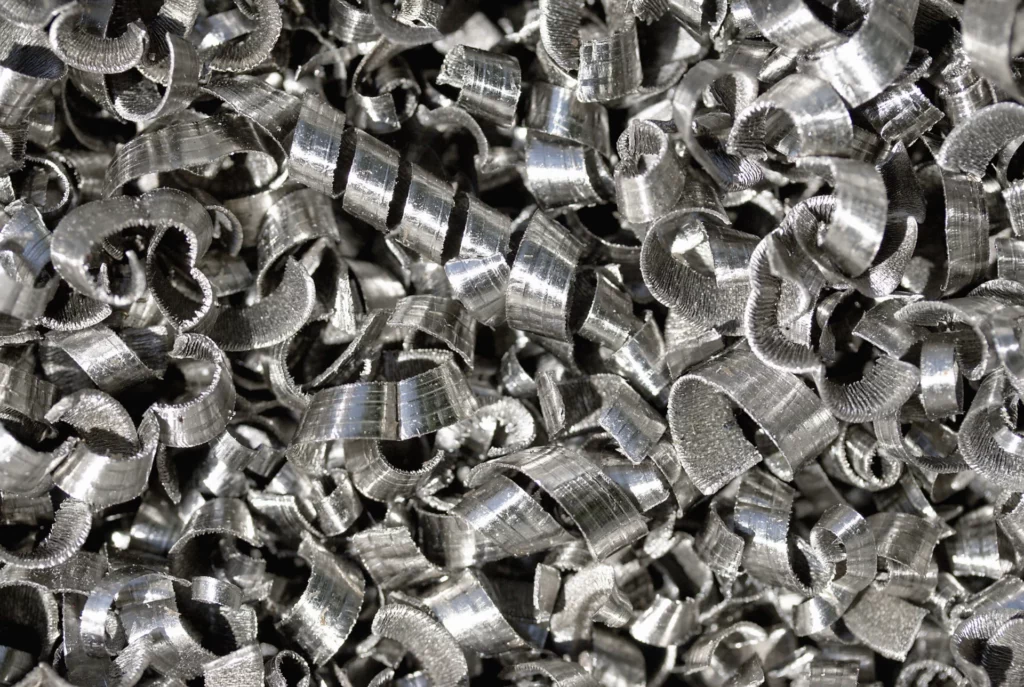No material is as extensively used as steel. It’s found in nearly every industry there is, from construction to aviation. Even household items, like cutlery and appliances, are made with it. Another everyday object that contains significant amounts of this alloy is an automobile. It can be spotted in the chassis, body panels, as well as door and trunk closures. Some engine components are fashioned out of this medium, too.
The reason engineers and other experts favor this alloy so much is because of its excellent tensile strength, ductility, malleability, conductivity, luster, and rust resistance. In addition, it ranks superior in terms of durability. It’s greatly resistant to wear and tear, giving it a long lifespan. This makes the material highly reusable. Here are the most common kinds of salvaged steel you can find at a scrap metal yard.
Carbon
 This steel is created by combining iron and carbon. Carbon is made up of atoms that are small enough to freely travel through the metal’s intricate latticework, slightly changing its structure as the gaps are filled with the flowing particles. This results in a much stronger and more rigid material, thanks to the non-metal component’s inherent hardness level. It’s further classified into 3 groups, depending on the amount of carbon added into the alloy.
This steel is created by combining iron and carbon. Carbon is made up of atoms that are small enough to freely travel through the metal’s intricate latticework, slightly changing its structure as the gaps are filled with the flowing particles. This results in a much stronger and more rigid material, thanks to the non-metal component’s inherent hardness level. It’s further classified into 3 groups, depending on the amount of carbon added into the alloy.
- Low or Mild: has 0.3% carbon
- Medium: contains 0.3% to 0.6% carbon
- High Carbon: more than 0.6% carbon content is present
All of these account for roughly 90% of all steel production. This carbon variant is most commonly used to create cans, pipes, automobile parts, railway tracks, train wheels, gears, high-strength wires, and other construction components.
Alloy
Meanwhile, variants that have a small number of additional metals are called alloys. These can either enhance or impart new, distinct properties to the material so it’ll adapt better to any kind of application. For instance, you need something that has high-impact strength as well as good corrosion and abrasion resistance. In this case, you may want to incorporate 11% to 15% manganese to a regular base, creating mangalloy or Hadfield steel. This is often used in the railway and construction industries as railroad ties, cement mixers, and rock crushers.
To increase the base’s toughness and strength, add 3.5% nickel to the composition. This type is often used in turbine blades, propeller shafts, keys, storage cylinders, and highly stressed bolts, nuts, and screws. Depending on your project’s needs, you may combine one or more elements with regular steel.
Stainless
 Similarly, this type’s namesake property is achieved by incorporating at least 10.5% of chromium into steel. This makes it 200 times more resistant to rusting than other alloys. Additional features include a reflective surface and the ability to withstand high temperatures.
Similarly, this type’s namesake property is achieved by incorporating at least 10.5% of chromium into steel. This makes it 200 times more resistant to rusting than other alloys. Additional features include a reflective surface and the ability to withstand high temperatures.
Based on the alloy’s crystalline structure, it can be categorized into:
- Austenitic: this is made with 18% chromium, 0.8% carbon, and 8.0% nickel. It’s commonly found in kitchen utensils, food processing equipment, and pipe manufacturing machines.
- Ferritic: this has 12% to 17% chromium, less than 0.1% carbon, and traces of nickel. It has applications in the food and automotive industries.
- Martensitic: this contains 11% to 17% chromium, 1.2% carbon, and less than 0.4% of nickel. Kitchen tools and surgical equipment are made with this kind of stainless steel.
Tool
A type of steel that’s enhanced with chromium, tungsten, and vanadium, the tool variant has a unique strength and hardness. It’s also resistant to abrasion and deformation. These features make it perfect for applications that involve pounding, molding, stamping, extruding, and cutting. Cutlery, embossers, woodworking knives, knurling wheels, and automotive parts may all be made of this material.
These are just a few kinds of steel you’ll find at a place that performs scrap metal removal in Montcalm, MI. Get in touch with Fair Salvage Company to make the most out of your used items. Aside from getting extra cash by selling your trash, you’ll also help reduce generated waste!

